EgyptAir recently received the long-awaited final report on the tragic crash of Flight MS804, an Airbus A320 that crashed into the Mediterranean Sea on May 18, 2016. The devastating incident, which took the lives of all 66 passengers and crew on board, has been a subject of intensive investigation for eight years. Egyptian authorities have now concluded that an explosive device in the aircraft’s forward galley was the primary cause of the crash, sparking new discussions and controversy in the aviation world.
The Fateful Flight and Its Disappearance

EgyptAir flight MS804, operating from Paris Charles De Gaulle Airport (CDG) to Cairo International Airport (CAI), departed the French capital at 21:21 UTC on May 18, 2016. The aircraft, registered SU-GCC, was an Airbus A320 with a reliable safety record. However, shortly after entering Egyptian airspace, the aircraft vanished from radar at 00:30 UTC, prompting immediate attempts by Egyptian and Greek air traffic controllers to re-establish contact. The emergency locator transmitter (ELT) activated, triggering an urgent search and rescue mission.
Join us on TELEGRAM for the Latest Aviation Updates fresh to your phone.

Photo by Mehmet Mustafa Celik
Eight-Year Investigation and International Involvement
Egypt led the investigation as the aircraft’s country of registration, with support from France’s Bureau d’enquêtes et d’analyses pour la sécurité de l’aviation civile (BEA), which represented the aircraft’s manufacturing state. Technical support from Airbus and the U.S. National Transportation Safety Board (NTSB) further strengthened the investigative team. However, the complex and controversial nature of the crash made the process lengthy and challenging, with findings that shifted over time.
The Egyptian Aircraft Accident Investigation Directorate (EAAID) released its final findings on October 29, 2024, attributing the crash to an explosive device hidden within a catering trolley in the forward galley. According to the EAAID report, the explosion triggered smoke alarms and a fire that spread quickly due to the cockpit’s oxygen system, affecting both the crew and aircraft control. The fire’s oxygen-enriched flames made it impossible for the pilots to regain control, leading to the tragic loss of the aircraft.
Data from the Flight Recorders
The flight data recorder (FDR) provided critical insights into the final moments of EgyptAir Flight MS804. Smoke alarms sounded in the lavatory and avionics compartments shortly before several onboard systems failed. The cockpit voice recorder (CVR) captured the first officer calling out “fire,” with the captain responding and requesting a fire extinguisher. According to Egyptian forensic experts, the fire’s intensity was consistent with an explosive device, corroborated by physical evidence analyzed by forensic experts.
Egyptian Safety Recommendations

Join us on TELEGRAM for the Latest Aviation Updates fresh to your phone.
In the final report, Egyptian investigators included four specific safety recommendations aimed at addressing future risk:
- Retaining anti-hijacking camera recordings for investigative purposes.
- Reviewing cockpit fire procedures, particularly for oxygen-enriched fires.
- Evaluating the use of non-Halon fire extinguishers in similar scenarios.
- Re-examining the design of the emergency oxygen mask knob for flight crew.
French BEA Challenges Explosive Device Theory
The report’s conclusion, however, has not gone unchallenged. The BEA raised objections, citing a lack of conclusive evidence for an explosive device and pointing to other possible causes. The French agency noted that no explosion noise was captured on the CVR, a detail they argued should have been present if the explosion occurred near the cockpit. The BEA instead proposed that the fire may have originated from a leak in the cockpit oxygen system, potentially caused by a failure in the co-pilot’s mask storage box.
Further, the BEA highlighted a 46-second gap between smoke warnings from the lavatory and avionics compartments, suggesting this sequence could point to a cabin-originated fire rather than a galley explosion. In response, Egyptian investigators maintained their conclusion but acknowledged the complexity of evidence presented.
- Featured image by Bulent Kavakkoru/SpotTR
You might also like:
- Following a Report of a Ransomware Attack, Boeing Confirms a Cyber Incident
- The B-17 Flying Fortress: A Legendary Bomber Aircraft of World War II
- How to Recognize the Type of Commercial Airplanes – PART#3
- Recap of Dubai Airshow 2021 Day 1
- EgyptAir Celebrates 91 Years of Service: A Look Back at Its History, Achievements, and Future
Discover more from Aviation for Aviators
Subscribe to get the latest posts sent to your email.


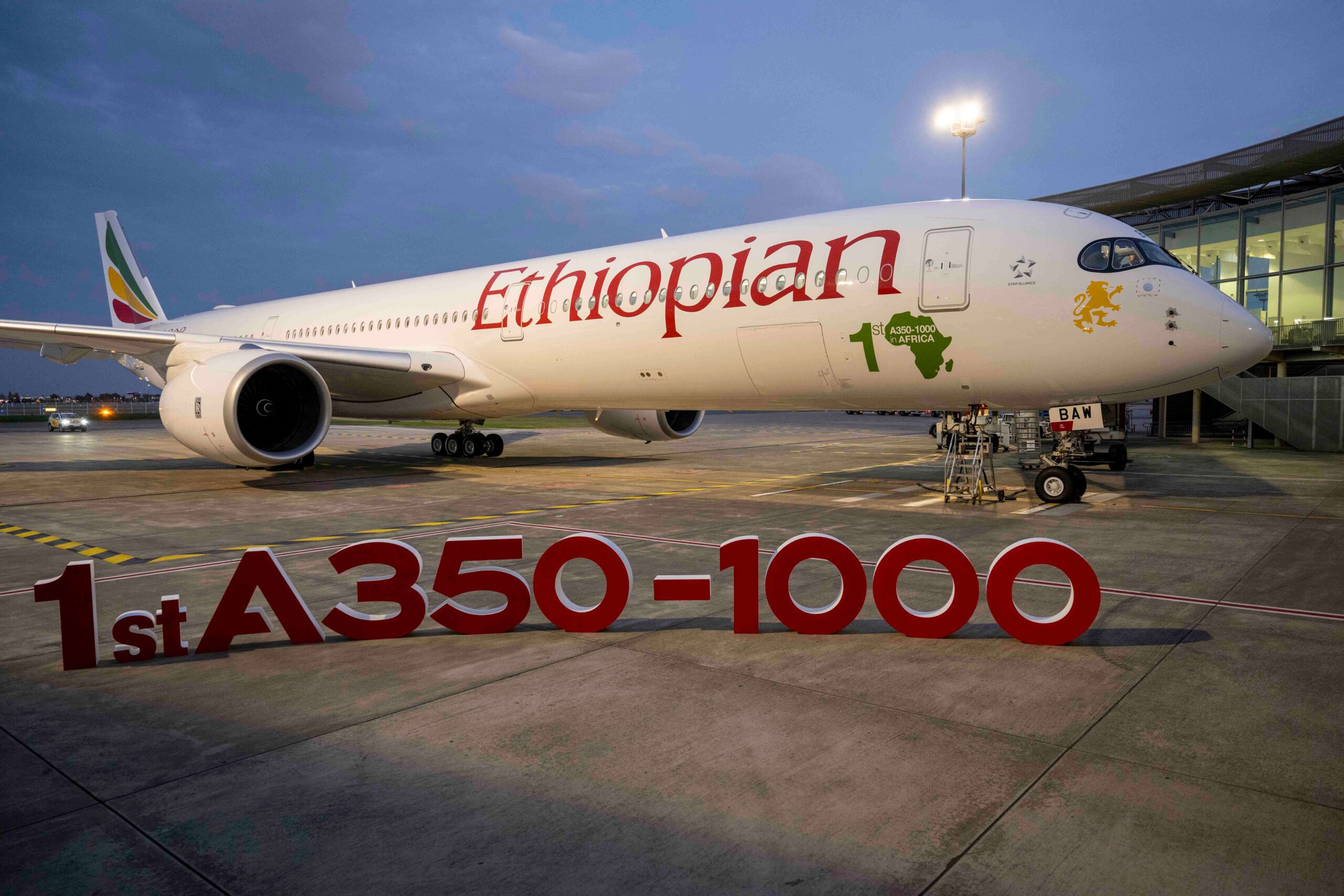

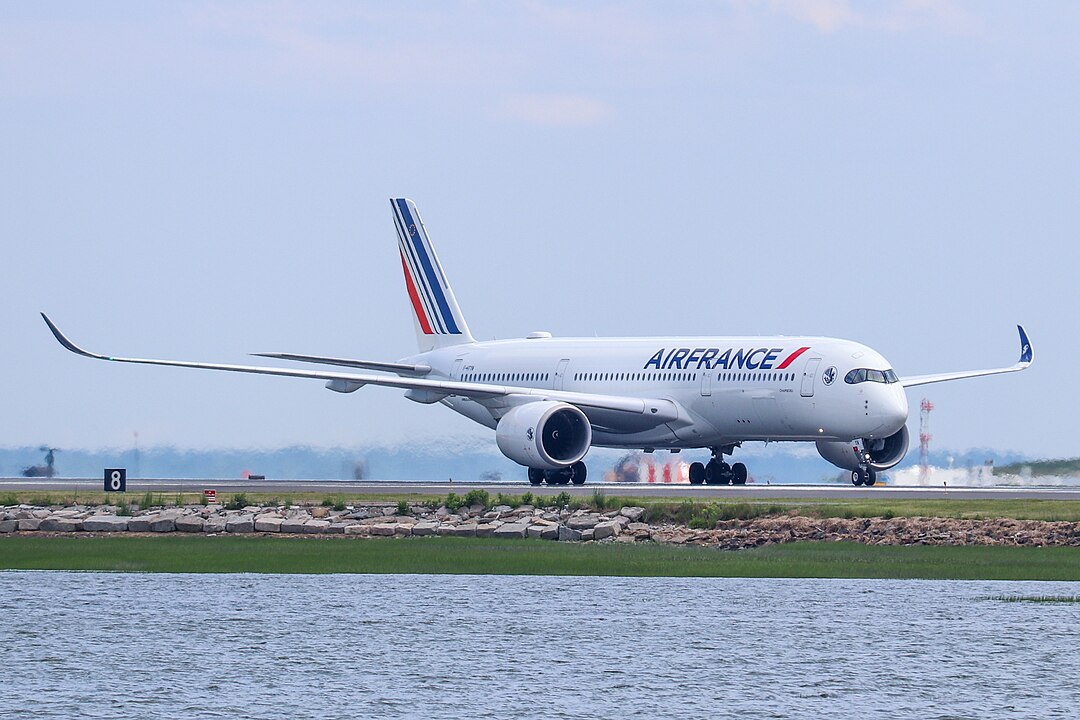


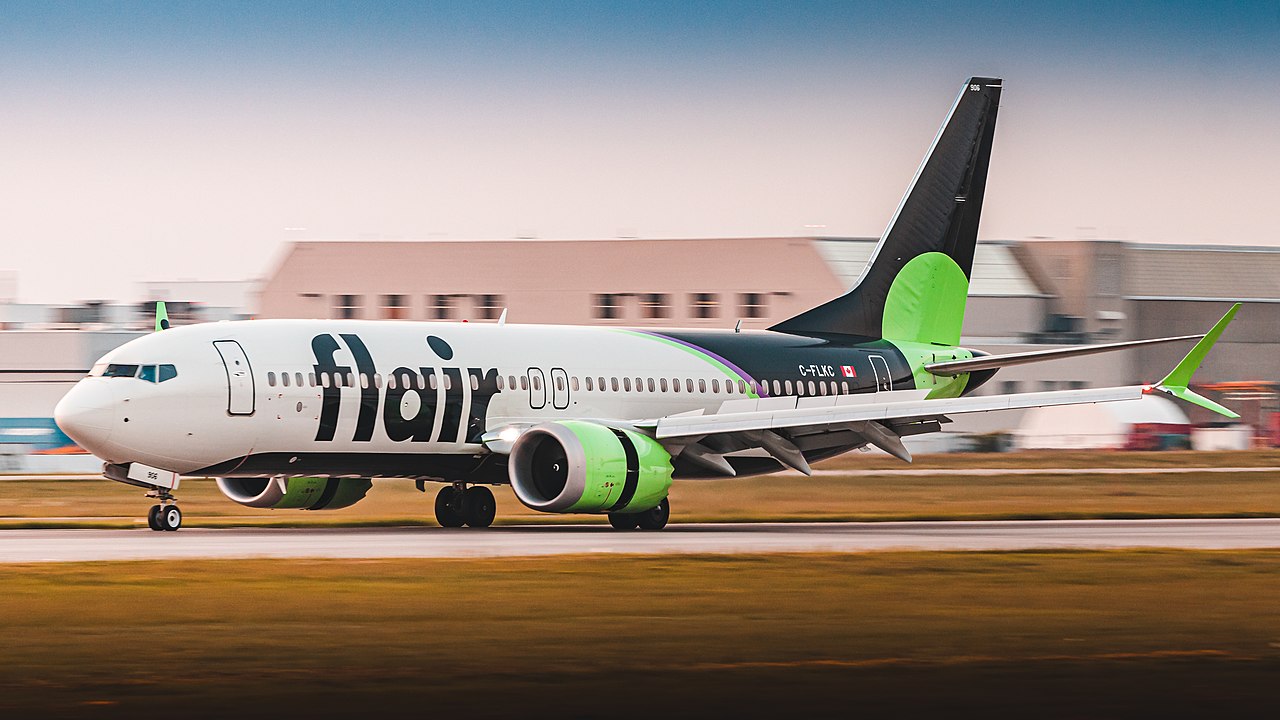

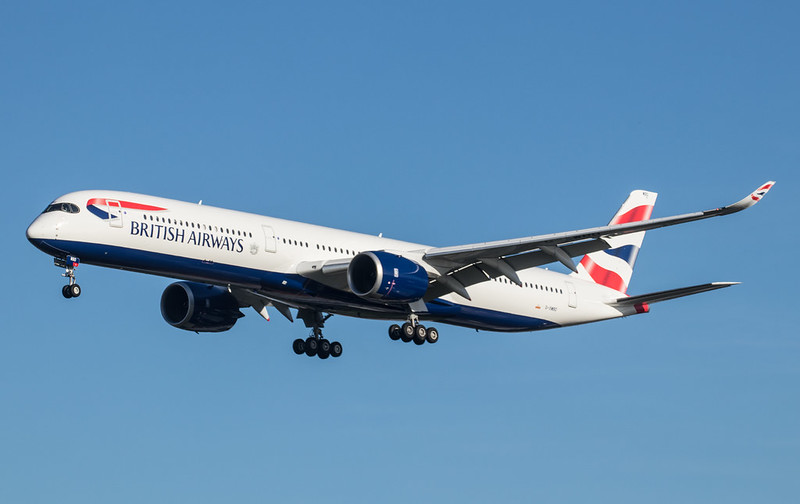
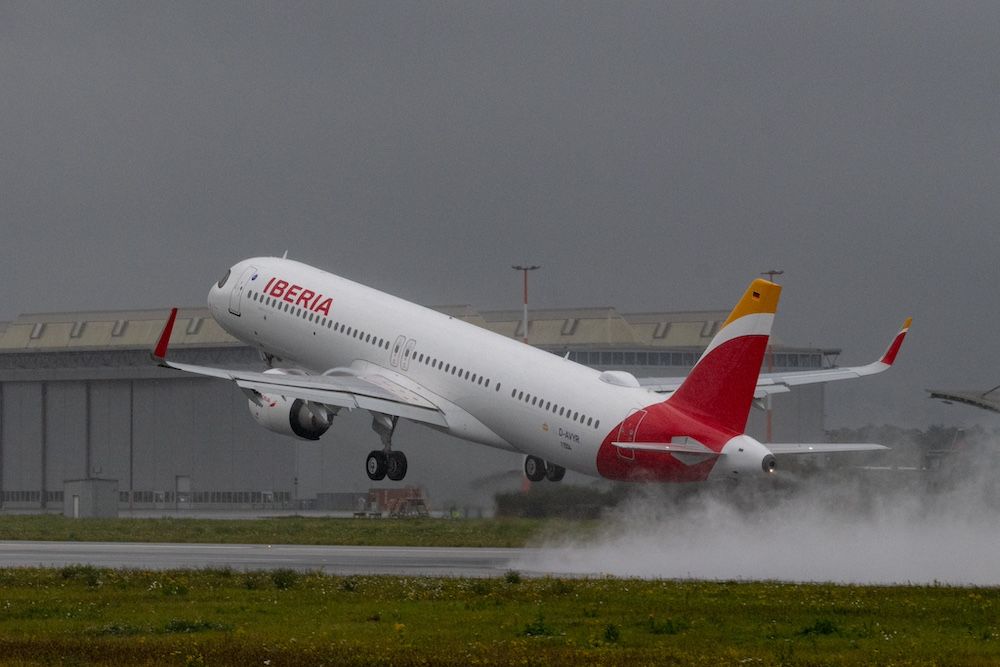
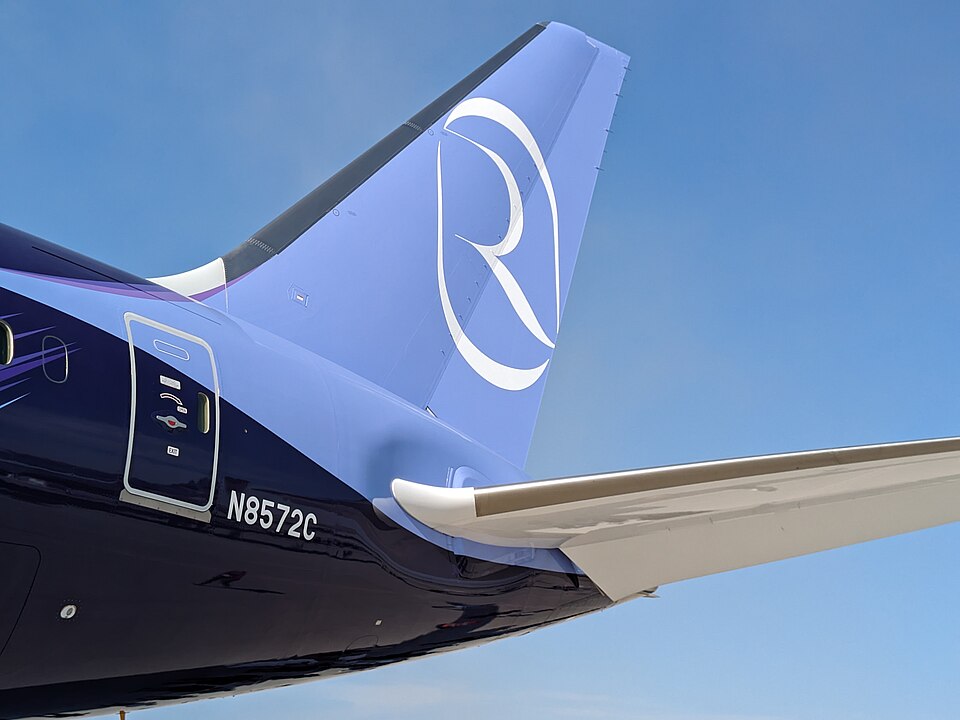

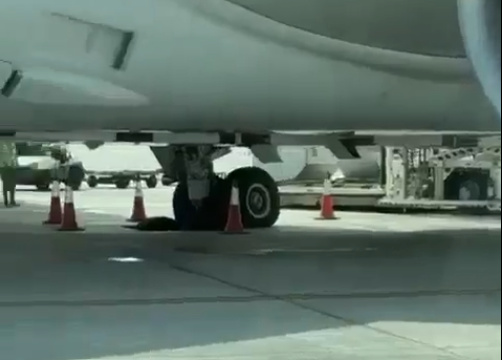
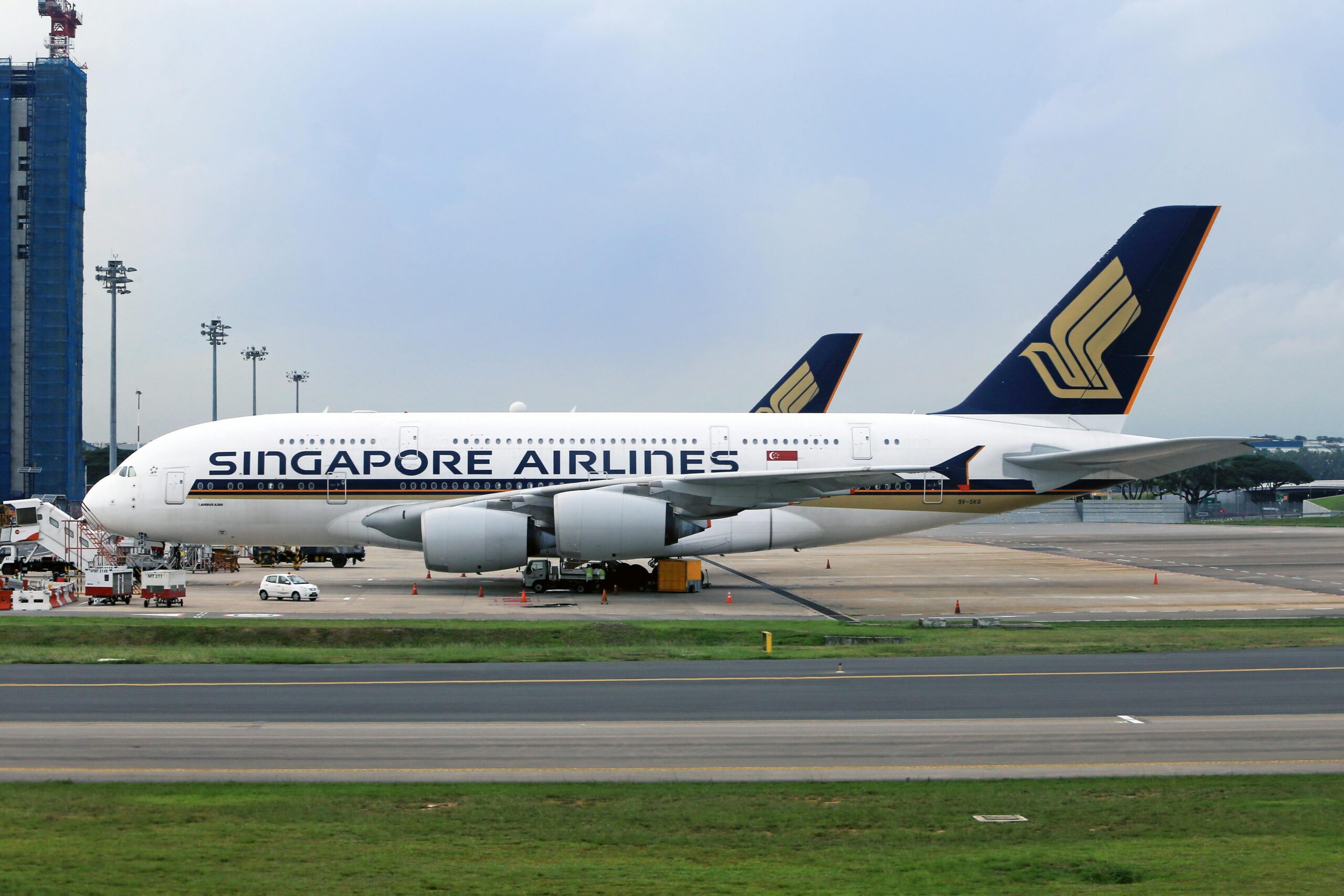
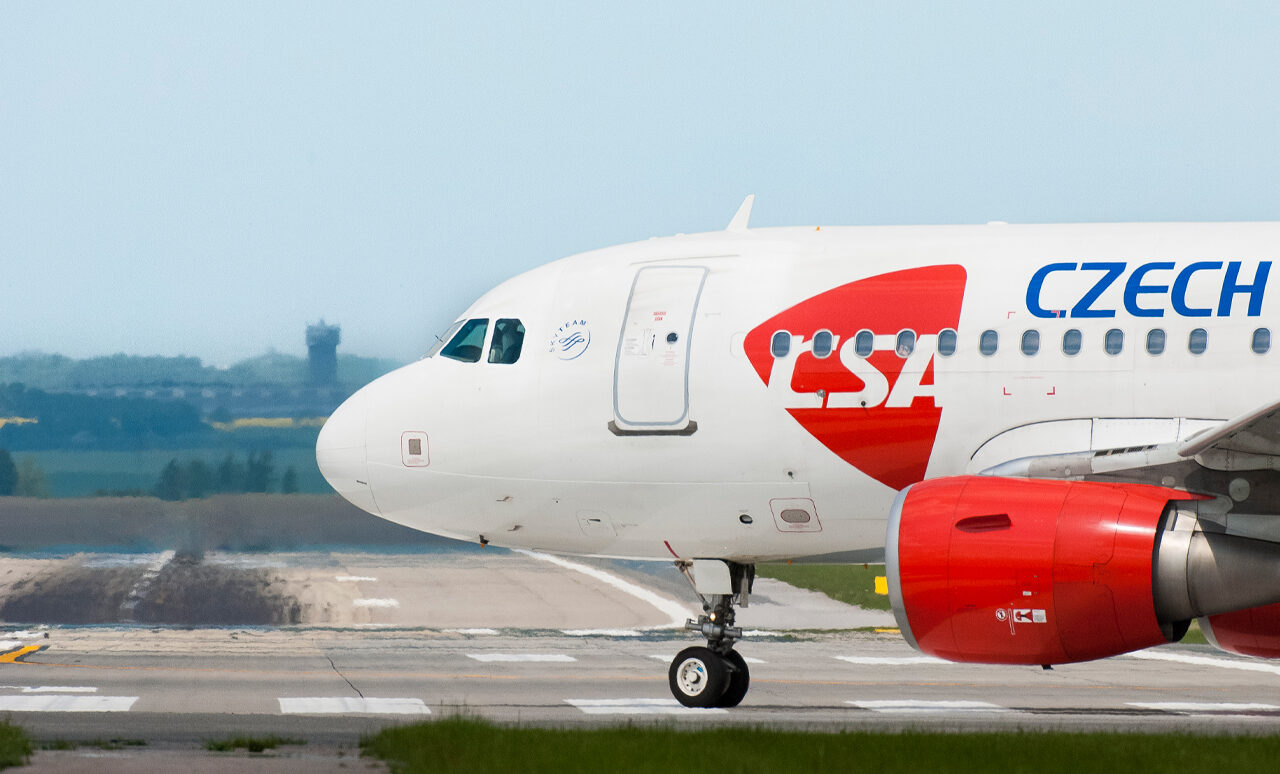


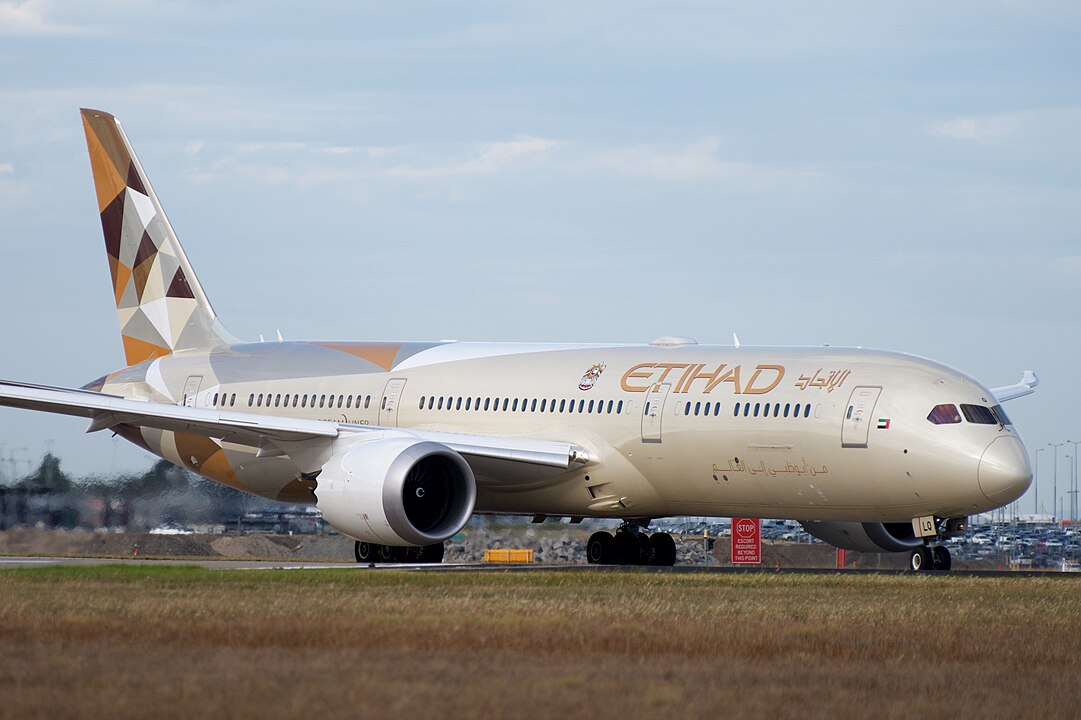
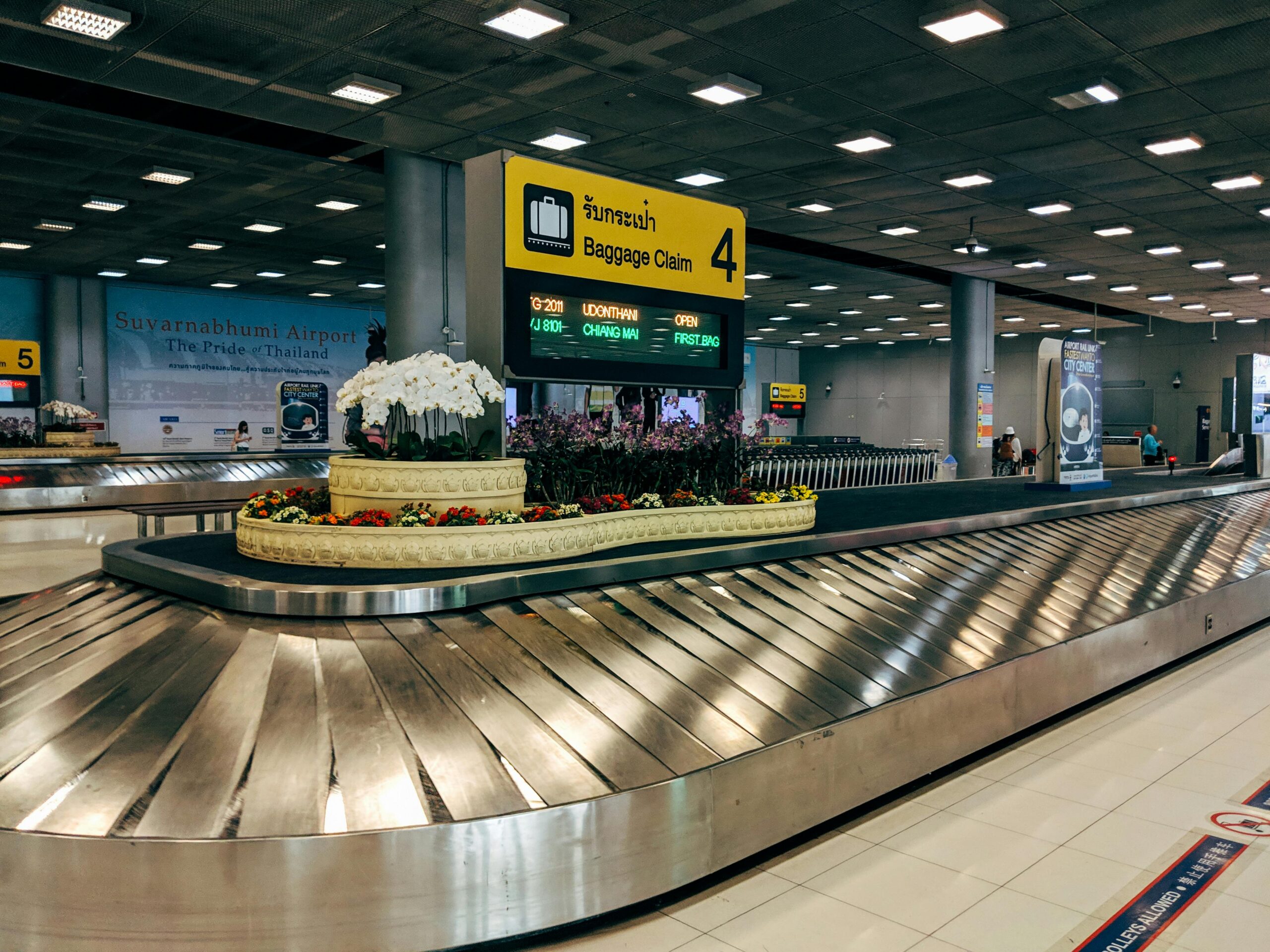
Leave a comment